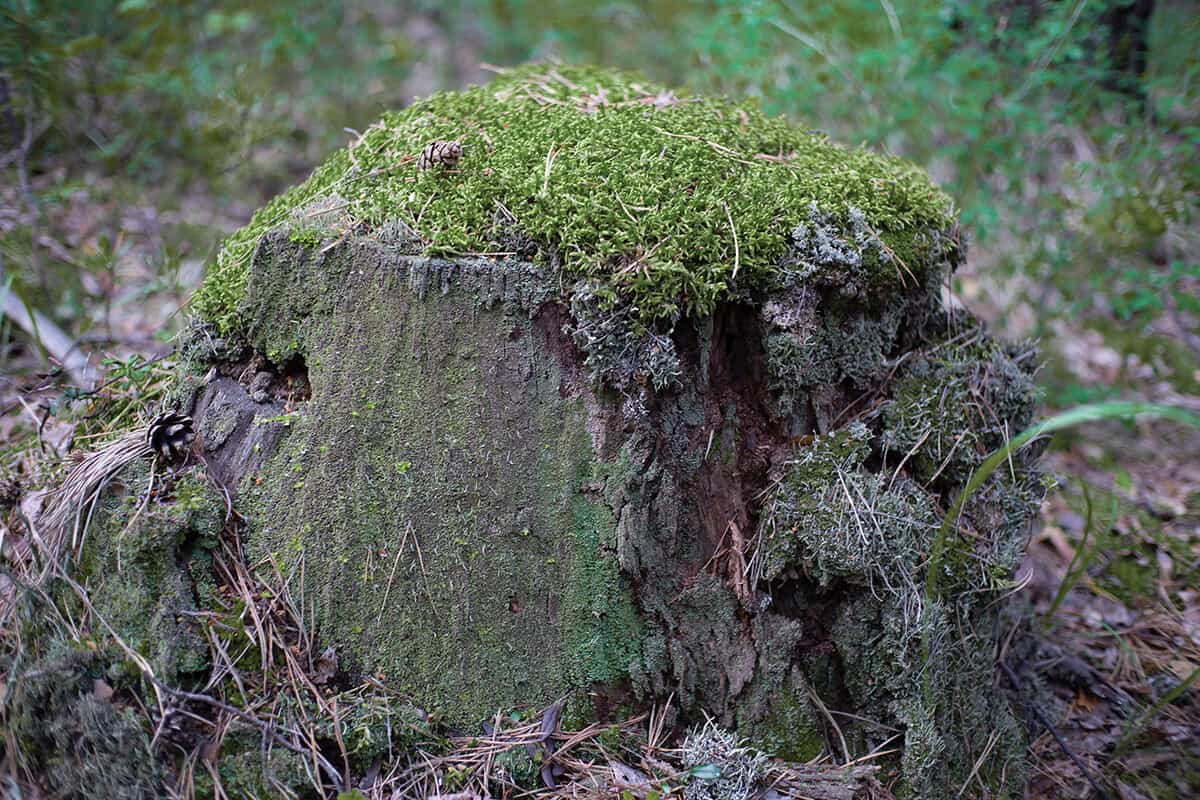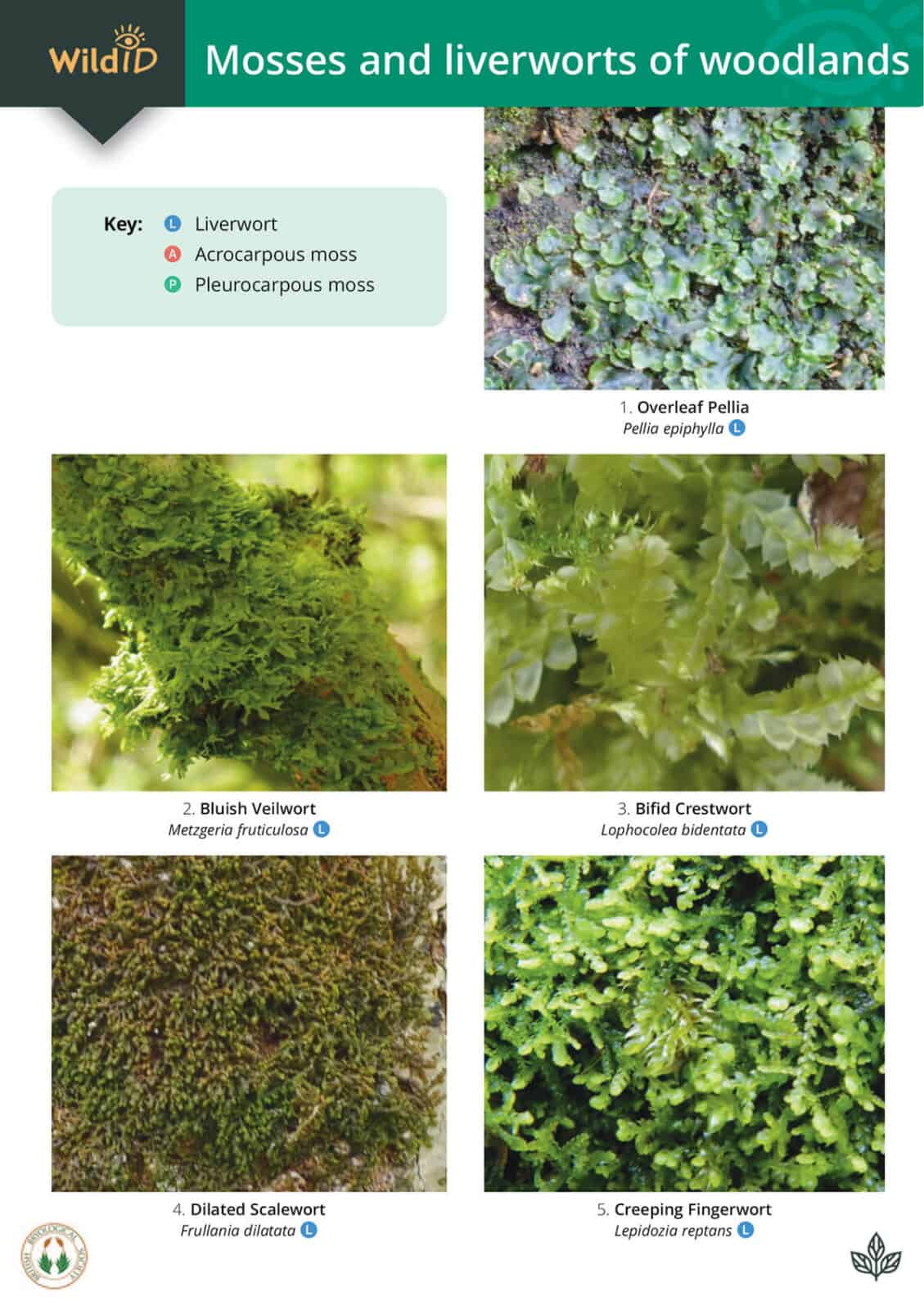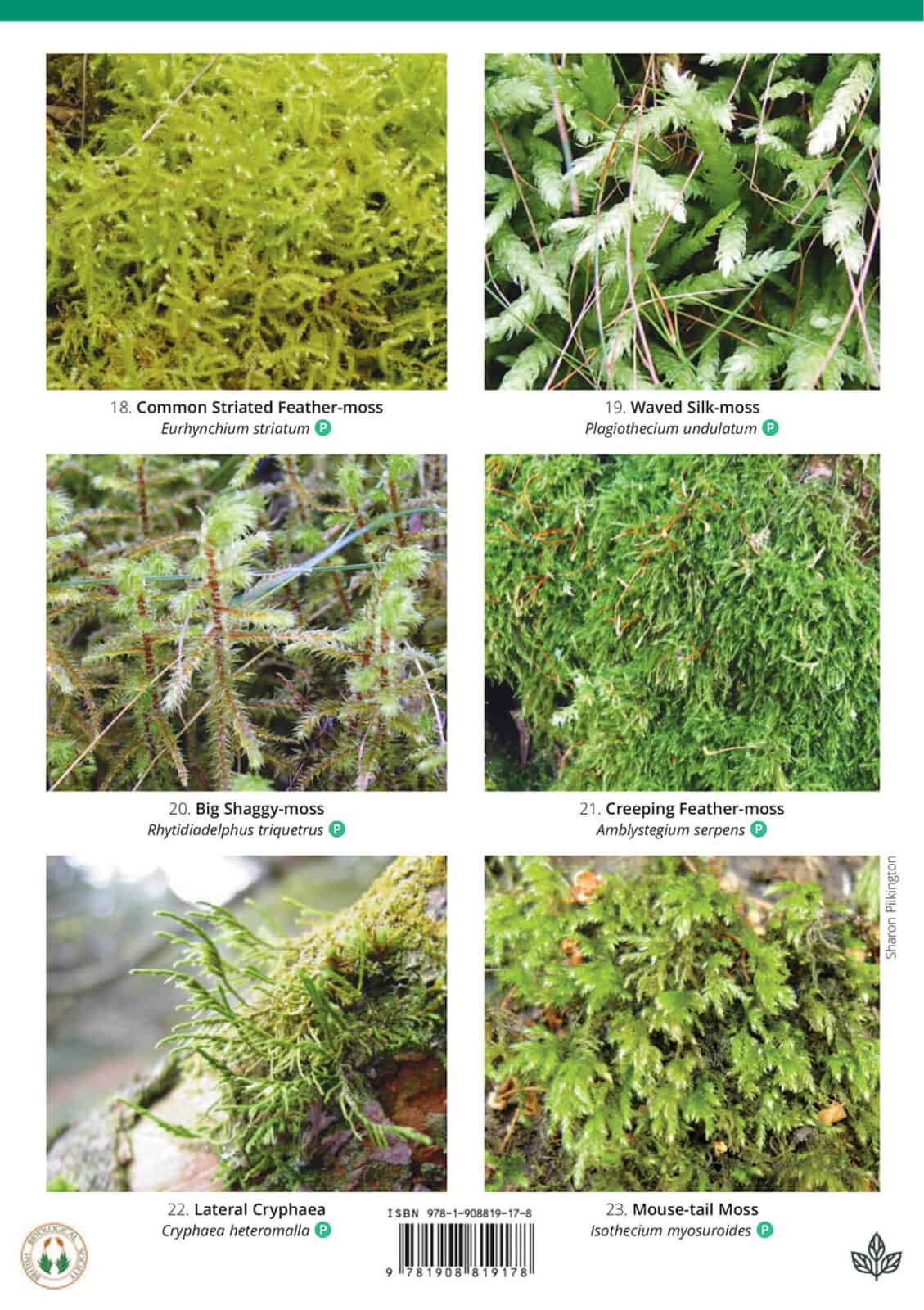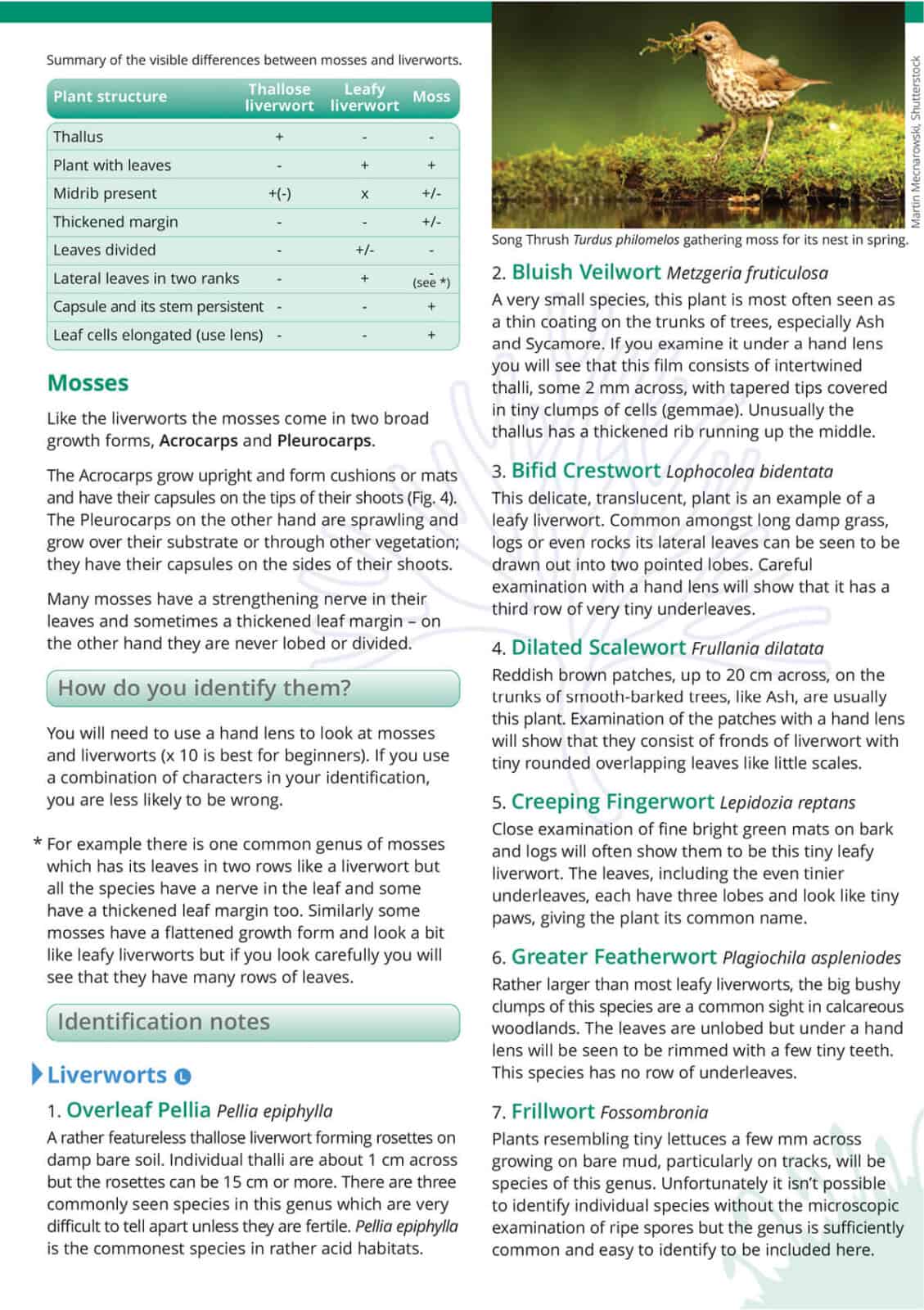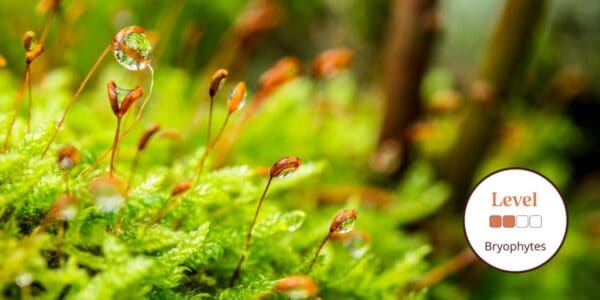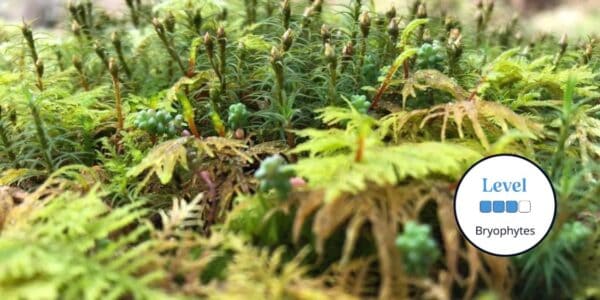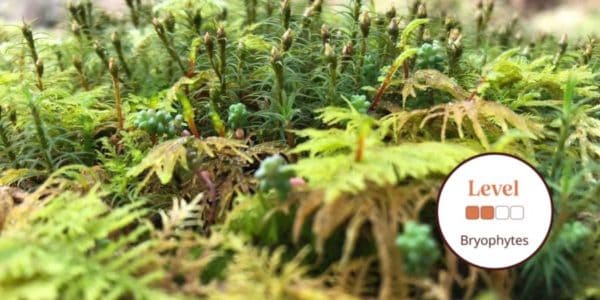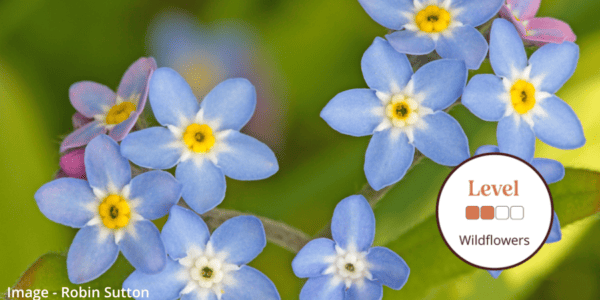Woodland mosses guide
FSC Woodland mosses guide features 7 liverworts and 16 mosses found in woodland in Britain and Ireland. This introductory guide uses photographs of each species, with accompanying text descriptions of what characters to look for. As this is a guide for beginners, the author has kept technical terms to a minimum.
Although small and perhaps easy to ignore, mosses and liverworts form a large group of plants. Ecologically they are very important, stabilising soils and helping to control the cycling of water and nutrients. Overall there are around 25,000 species worldwide, with around 1000 species in Britain and Ireland. Here woodland is one of the habitats where mosses and liverworts really come into their own. Indeed in damp woodland they can carpet the ground and clothe tree trunks and branches.
Yet despite their importance, many naturalists and wildlife recorders are intimidated by mosses and liverworts. Unfortunately all the species in Britain and Ireland are rather small. They do not have the same range of identification characters as wild flowers. Plus there is a huge number of similar-looking species. So where do you start? The author, an experienced field teacher, has carefully chosen a small number of species. All are easy to find in woodland. You can identify the the 7 liverworts using just a hand lens, including overleaf pellia, bluish veilwort and dilated scalewort. Likewise the mosses – including acrocarps such as bank haircap and common pincushion, and pleurocarps like rough-stalked feather moss and lateral cryphaea – can be recognised from living plants.
The British Bryological Society helped with the production of the Woodland mosses guide.

